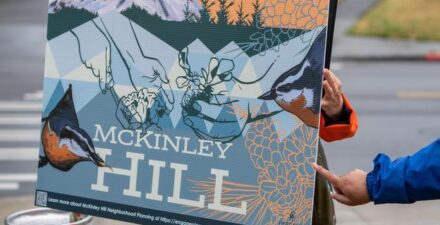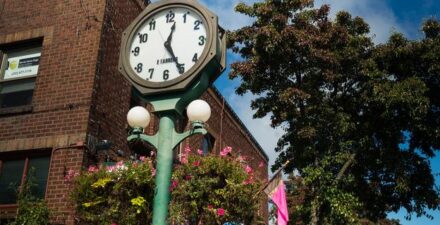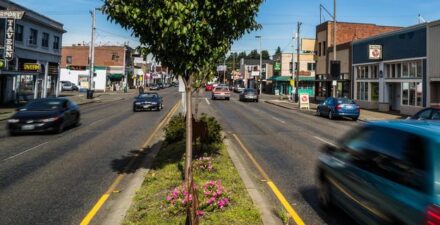
Neighborhood Planning Program
The City of Tacoma’s award-winning Neighborhood Planning Program (NPP) was created by City Council in 2021. The program brought together community organizations, businesses, residents, City departments, and partner agencies to identify a vision for the future—and then helped to implement that vision. These actions, ranging from short- to long-term projects, were aligned with other City programs and policies. As of June 2025, the Neighborhood Planning program has been sunset due to budget reductions. However, the adopted plans continue to guide City decision-making, and several implementation actions are still underway. Learn more about each of the neighborhood plans below.
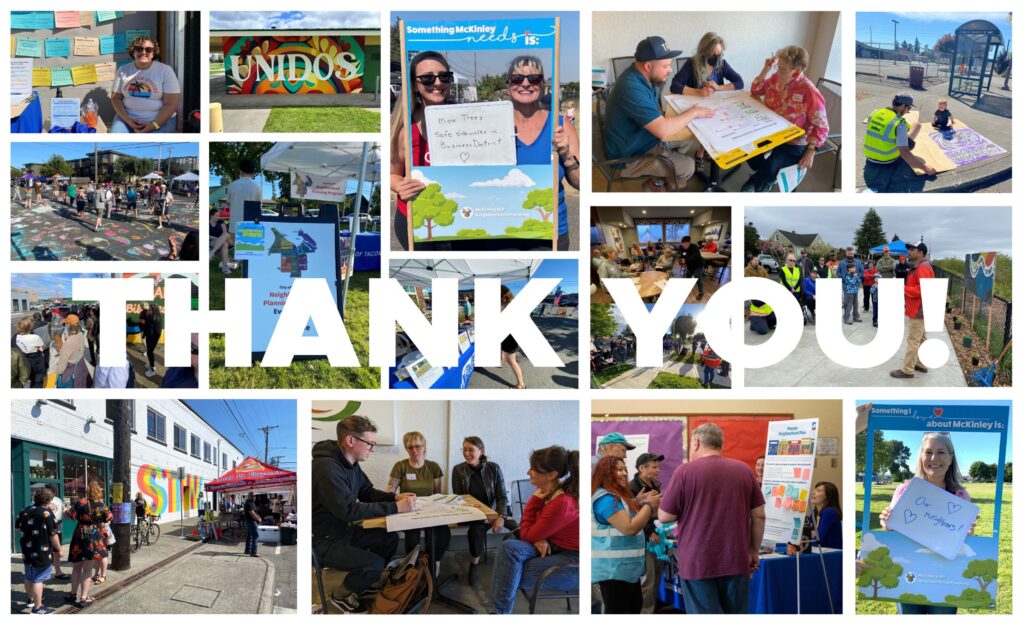
Throughout the process, the program supported: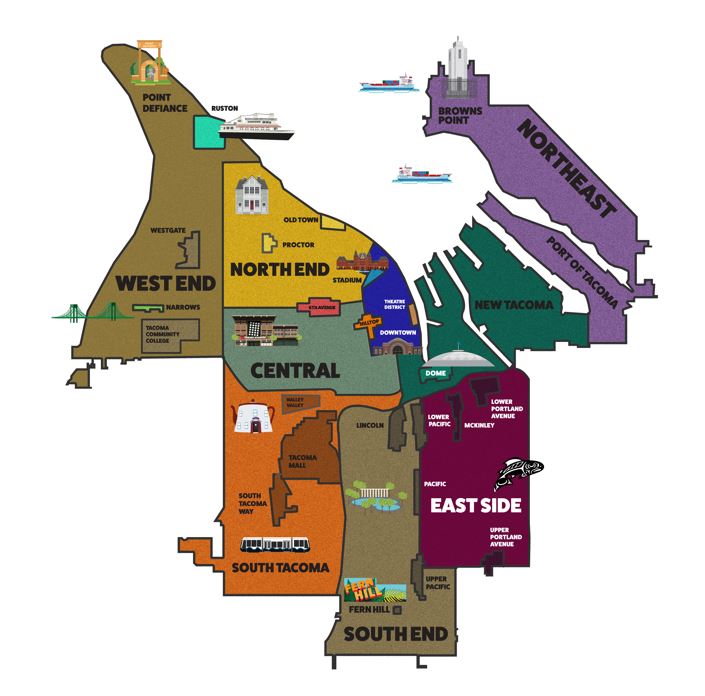
- Equitable delivery of City services
- Engaging the community at a grassroots level
- Developing community-led vision and action steps
- Aligning with other partners and existing policy direction
- Implementing co-created actions and recommendations
Learn more about the program’s accomplishments through its innovative approach to inclusive engagement and neighborhood-based planning with this short video. Para ver este video en español haga clic aquí.
City Council allocated resources to support the implementation of short-term goals in the selected neighborhoods, such as:
- Art installations and murals
- Cleanup efforts
- Community identity, placemaking, and history
- Recognition and/or protection of cultural/historic resources
- Sustainability and environmental health actions, such as tree plantings
- Some elements of streetscape and public amenities
- Some elements of safety/traffic calming
- Determining the use of specific sites or properties
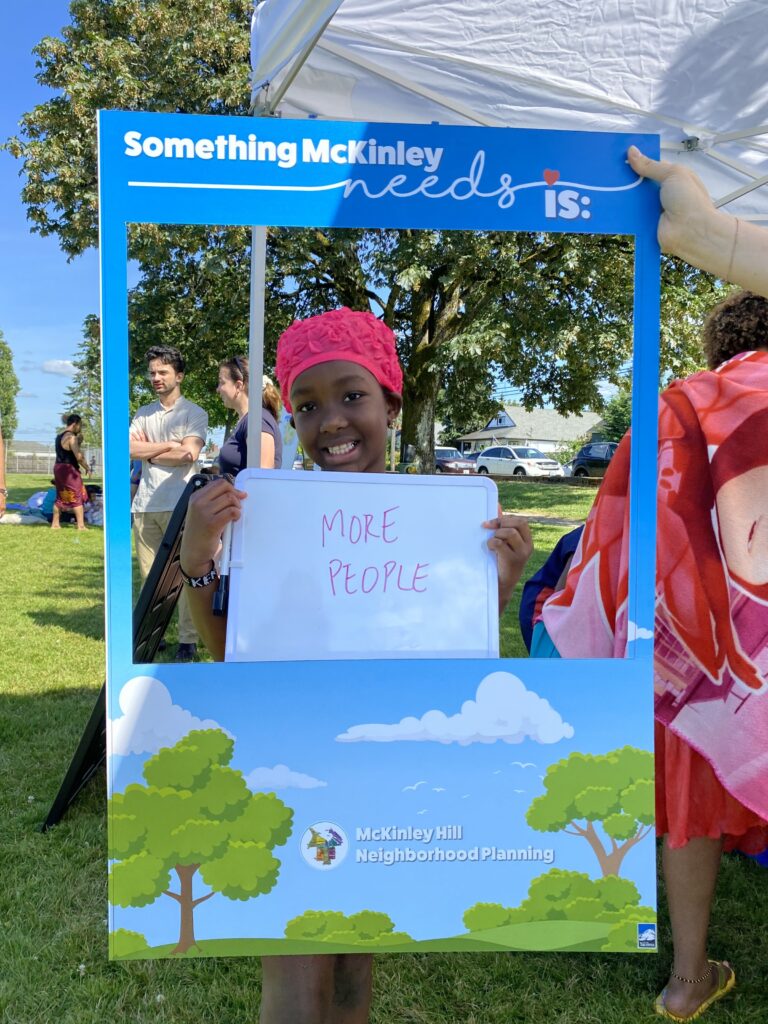 Why Neighborhood Planning?
Why Neighborhood Planning?
This program provided enhanced planning and development support to help communities create strong, vibrant, and diverse neighborhoods. Led by residents from the neighborhood and informed by community engagement processes, the Neighborhood Planning Program considered immediate ways to make your neighborhood more vibrant and livable. The goal of a neighborhood planning process was not just creating and implementing a plan, the process itself was also a tool to help improve communities through building community capacity, constituent energy, relationships and partnerships, and co-creation opportunities for you to shape your neighborhood.
Where is Neighborhood Planning Happening?
The Neighborhood Planning program worked in the selected Neighborhood Mixed-Use Centers. City Council prioritized the neighborhoods where we worked, taking into consideration equity needs, neighborhood readiness, and resources for implementation. While we focused on the neighborhood center—including the City-defined neighborhood business district, and Mixed-Use Center—for our recommended improvements, we invited neighborhood residents, organizations, and businesses from throughout the neighborhood to participate in the process.
“Begin with what’s in front of you, what’s really there. If there is a there, that’s where it is.” – Ron Silliman
How Neighborhood Planning Works
Step 1: Internal & External Coordination
Neighborhood Planning staff connected and coordinated with external partners (organizations and agencies) and internal City of Tacoma staff to identify existing programs and available resources to implement projects.
Step 2: Launch Engagement
Neighborhood Planning staff completed extensive community engagement and outreach to collect initial input on key neighborhood issues, form the Steering Group, and identified interested residents, business and property owners, and other neighborhood stakeholders.
Step 3: Project Idea Generation
The steering group, community events, online surveys, and targeted outreach generated broad categories of potential projects and actions. Staff also evaluated project feasibility and existing conditions, including historic resources, infrastructure and transportation needs, current and planned parks and open space, land use and zoning (in a limited context), and alignment with City of Tacoma policies, such as the Equity and Empowerment Framework, Puget Sound Regional Council: Vision 2050; Tacoma’s Strategic Plan, Tacoma 2025; the One Tacoma Comprehensive Plan, Transportation Master Plan, Vision Zero Action Plan, and Climate Action Plan.
Step 4: Project Specific Prioritization
Staff led topic-specific community events (online and in person) and/or surveys to prioritize actions based on the initial projects identified by the community. The Steering Group worked to combine community ideas and identify the most important projects to form project committees to implement specific actions.
Step 5: Plan Vetting & Adoption
Staff brought draft plan recommendations back to the community and internal partners to ensure the plan reflected what we heard and included projects that could feasibly be implemented. The plan was reviewed by relevant boards and committees (Planning Commission and City Council’s Infrastructure, Planning, and Sustainability Committee) and recommended for adoption by Council.
Step 6: Implementation
Staff and City Council identify funding and strategies for “quick win” projects and work with community-led project committees to begin implementation.
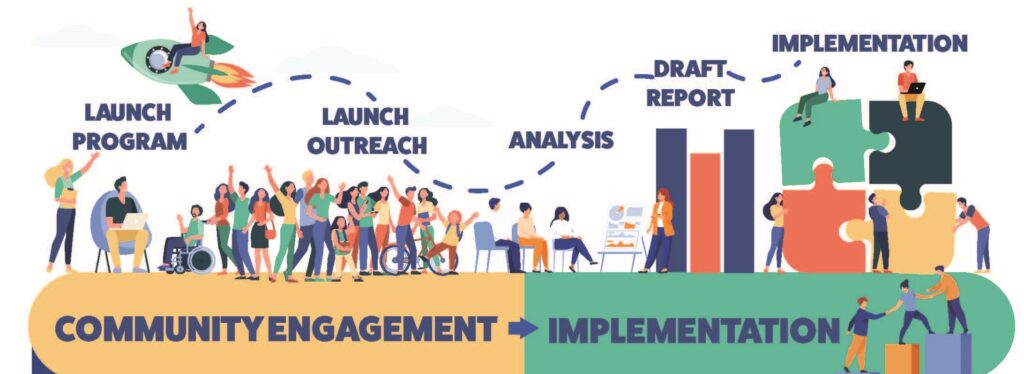
For more information about the City’s Long-Term Zoning, land use, and Planning strategy, please visit Planning and Development Services.
Neighborhood Planning Frequently Asked Questions
-
Anyone who lived, worked, or spent time in the neighborhood, including:
- Residents (owners and renters)
- Students
- Business Districts
- Neighborhood Councils
- Schools/Libraries/Institutions
- Nonprofits and voluntary groups
- The Puyallup Tribe
- Religious/Cultural Institutions
- Community Groups/Gardens
- People who access social services and/or are experiencing homelessness
-
In coordination with other City and local partner organizations, we conducted engagement, developed a plan, and began implementation within 12-18 months.
-
While larger policy and zoning issues are determined by longer comprehensive and subarea plans, the goal of the Neighborhood Planning Program (NPP) was to implement the neighborhood’s short-term goals and vision, while building capacity for larger efforts. The NPP is the realization of One Tacoma and Tacoma 2025.
-
A neighborhood is defined as the mixed-use center/business district and the surrounding residential area. Go to the Mixed-Use Centers web page to learn more about the mixed-use center nearest you.
-
Neighborhoods were identified by the City Council through a process that evaluated the following criteria:
- Location (during this phase of the program, only designated Neighborhood Mixed Use Centers are being considered)
- Equity Index score
- Partnership opportunities, partner support, and implementation funding
- Community readiness and capacity
- Additional considerations, issues, and/or potential opportunities
-
The Neighborhood Planning Program was sunset at the end of June 2025, due to budget reductions. The adopted plans continue to City decision-making, and several implementation actions are still underway. At this time, there are no plans to restart the program.
